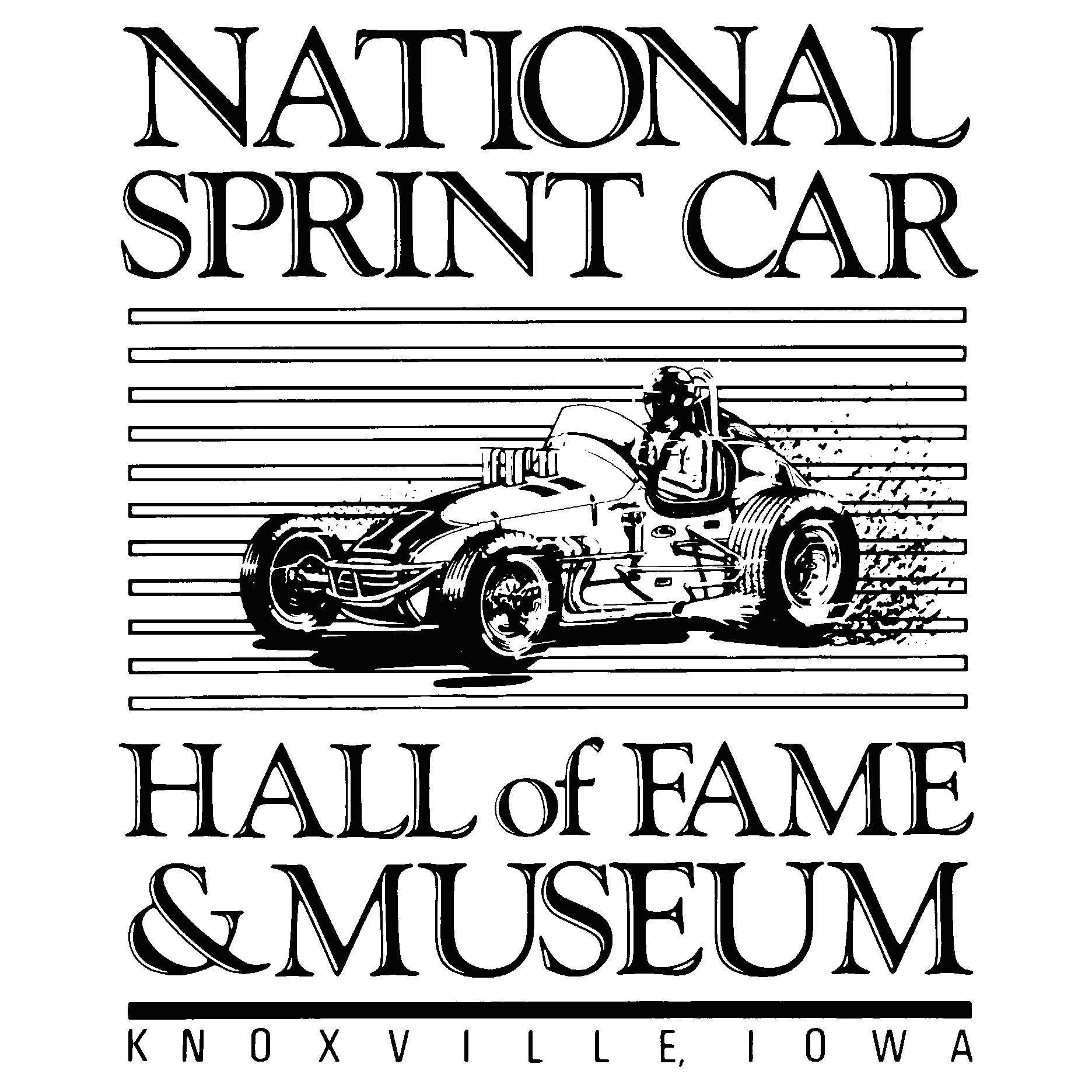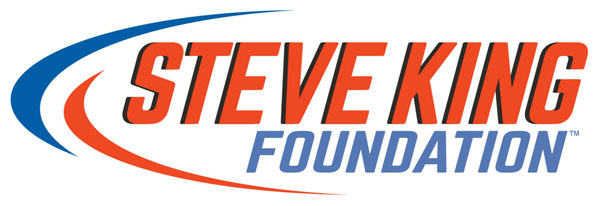NASCAR's dirty secret: That's where the talent is
Photo by Matt Sullivan/Getty Images
David Pearson was prophetic.
More than a decade ago, when the three-time champion was asked about repaving certain tracks, he offered a different solution altogether.
Without hesitation, Pearson suggested, “I think (NASCAR) should run dirt races.”
Five years later, racing on dirt again became a reality.
For the first time since 1970, when Richard Petty won at the North Carolina State Fairgrounds in Raleigh, one of NASCAR’s top tours returned to a dirt track when the Truck Series invaded Eldora Speedway in 2013.
Pearson, who won 105 Cup features and was inducted into the second NASCAR Hall of Fame class in 2011, firmly believed that a NASCAR champion should be able to win in a variety of racing disciplines—not just asphalt ovals.
“If you’re going to run for a championship, they ought to run road courses, big tracks, little tracks and dirt tracks,” Pearson added. “That way you would find out who the real champion is.”
While NASCAR is in the process of evaluating potential tracks for the future, serious consideration has not been given to a dirt track for Cup or the Xfinity Series. Given the desire of the sanctioning body and the car owners to design fewer track-specific cars instead of more, it’s unlikely that fans will ever see the Cup Series race again on dirt.
After neglecting grassroots racing while the Cup Series grew exponentially, not only has NASCAR made an effort to attract local track fans, but NBC Sports now dedicates weekly programming to My Track My Roots.
Sure, NASCAR’s roots were cultivated in dirt. During the first season of Strictly Stock Racing, seven of eight races were contested on dirt ovals in 1949. The second race of the year was held on the Daytona Beach and Road Course and won by the series’ first champion, Red Byron.
The next year, two paved tracks arrived on the schedule—Dayton Speedway, a half-mile track in Ohio, and the famed Darlington Raceway. Lee Petty, who won championships in 1954, 1958 and 1959, leads all drivers with 42 dirt wins. By 1971, NASCAR had deserted dirt for asphalt and didn’t look back until 2013 when Austin Dillon won the first truck series race at Eldora.
But dirt was creeping into NASCAR in another sense. Jeff Gordon honed his skills on dirt, but rather than continue down the tried and true post-USAC path to IndyCars, he elected to come South and race stock cars. As the race was on to find the next Wonderboy, Tony Stewart, Dave Blaney, Kasey Kahne, Kenny Irwin Jr., and J.J. Yeley followed Gordon’s path.
Long before Ganassi Racing recruited Kyle Larson, Bryan Clauson ran 26 Xfinity races with the team. Eight-time New Zealand Midget champion Michael Pickens made it to the final round of the Roush Fenway Racing Driver Development Competition Program in 2005. Four years later, Ricky Stenhouse Jr., another dirt tracker, would make his debut with Roush.
While none of the aforementioned drivers have matched Gordon’s numbers, drivers coming through the dirt ranks are by far the most sought-after by team owners recruiting on talent alone. The top two drivers in the Xfinity Series—Tyler Reddick and Christopher Bell—came up through the dirt ranks, as did fourth-place Justin Allgaier and seventh-place Chase Briscoe.
Not surprisingly, the last four winners of the Dirt Derby continue to sharpen their racing skills on dirt today. Bell and Larson run sprint cars and midgets every chance they get. Matt Crafton plays with his dirt modified when his schedule permits. Defending Eldora winner—and last week’s Iowa Xfinity race victor—Briscoe would race midgets in his free time if he could get a hall pass from the powers that be. Reddick falls in that category as well.
And speaking of Reddick, one of the defining traits that has impressed team owner Richard Childress the most is the driver’s car control. If Childress were searching for talent today, he’d look for a racer with dirt track experience.
“I think there’s some great drivers in Cup that’s ran only asphalt—maybe dirt here or there,” Childress said. “But the guys that grew up on dirt, racing dirt 60-70 races a year, they’re the ones, Tony Stewart, you go down the list and look at the ones that are in the Hall of Fame—Dale Earnhardt—a lot of these guys were really good dirt racers. That’s what made them what they are today. You learn car control.
“Any time anyone asks me what path they should take, I always say you have to race dirt for at least a year.”
While many drivers race in NASCAR to pay the bills, competing on dirt is a passion. Pearson continued to race on dirt until he was 70.
When asked in 2008 if he was better on dirt than pavement, Pearson replied, “I’m as good. I just drove a dirt car a couple of years ago. I ran 14 times and won 14, so I’m not too bad.”

.png)





